Nine Planets of the Solar System, All Planets Name, All Planets name with important information, Topic Planets for class 6, Understand Planets, Planets in Solar System
All Planets Name
Mercury
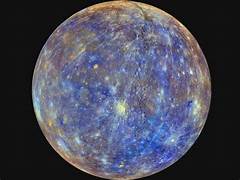
Mercury is the smallest and closest planet to the Sun. It is a terrestrial planet, which means it is made of rock and metal. Mercury has no atmosphere and is very hot, with temperatures reaching up to 800 degrees Fahrenheit (430 degrees Celsius) on the side facing the Sun. Mercury is also very dry, with no liquid water on its surface.
Venus
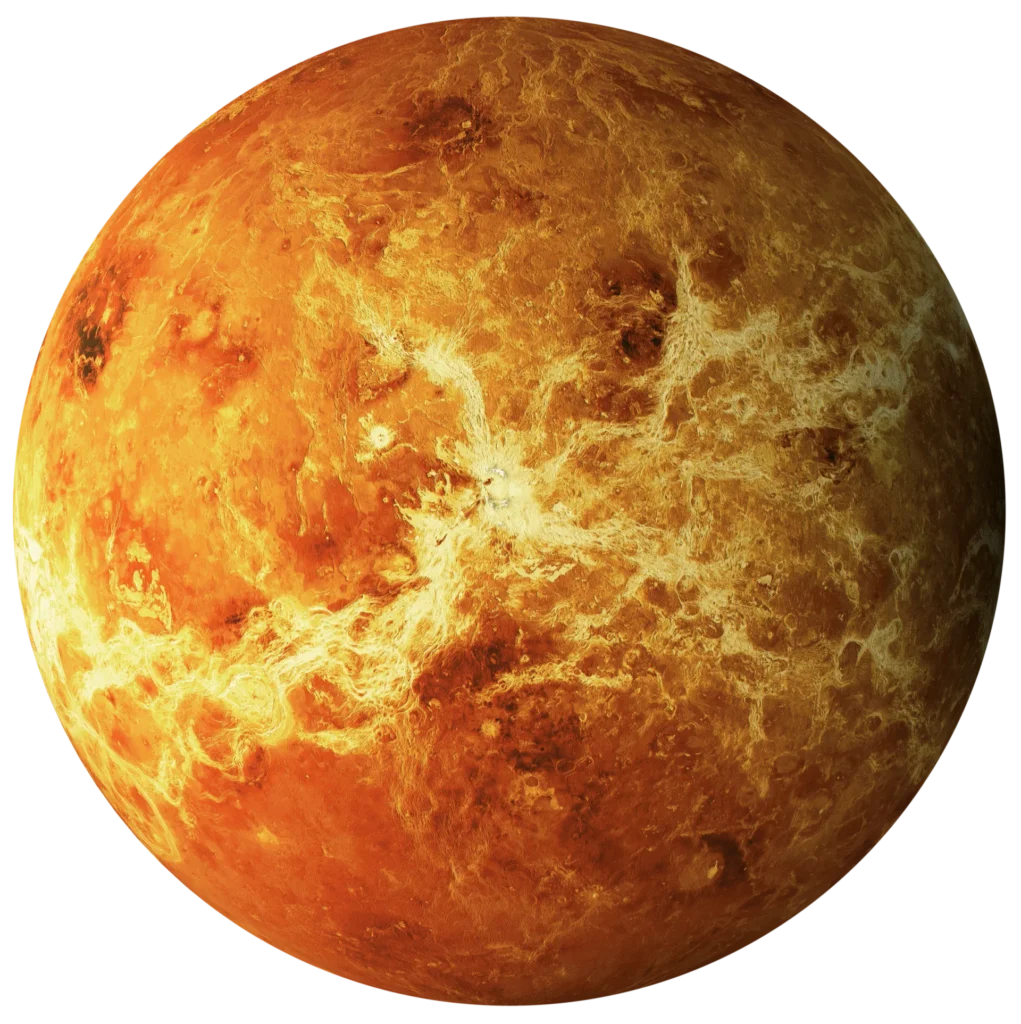
Venus is the second planet from the Sun and is often called Earth’s twin because of its similar size and mass. However, Venus is very different from Earth in other ways. Venus has a very thick atmosphere made of carbon dioxide and is very hot, with temperatures reaching up to 900 degrees Fahrenheit (480 degrees Celsius) on its surface. Venus also has no liquid water on its surface.
Earth
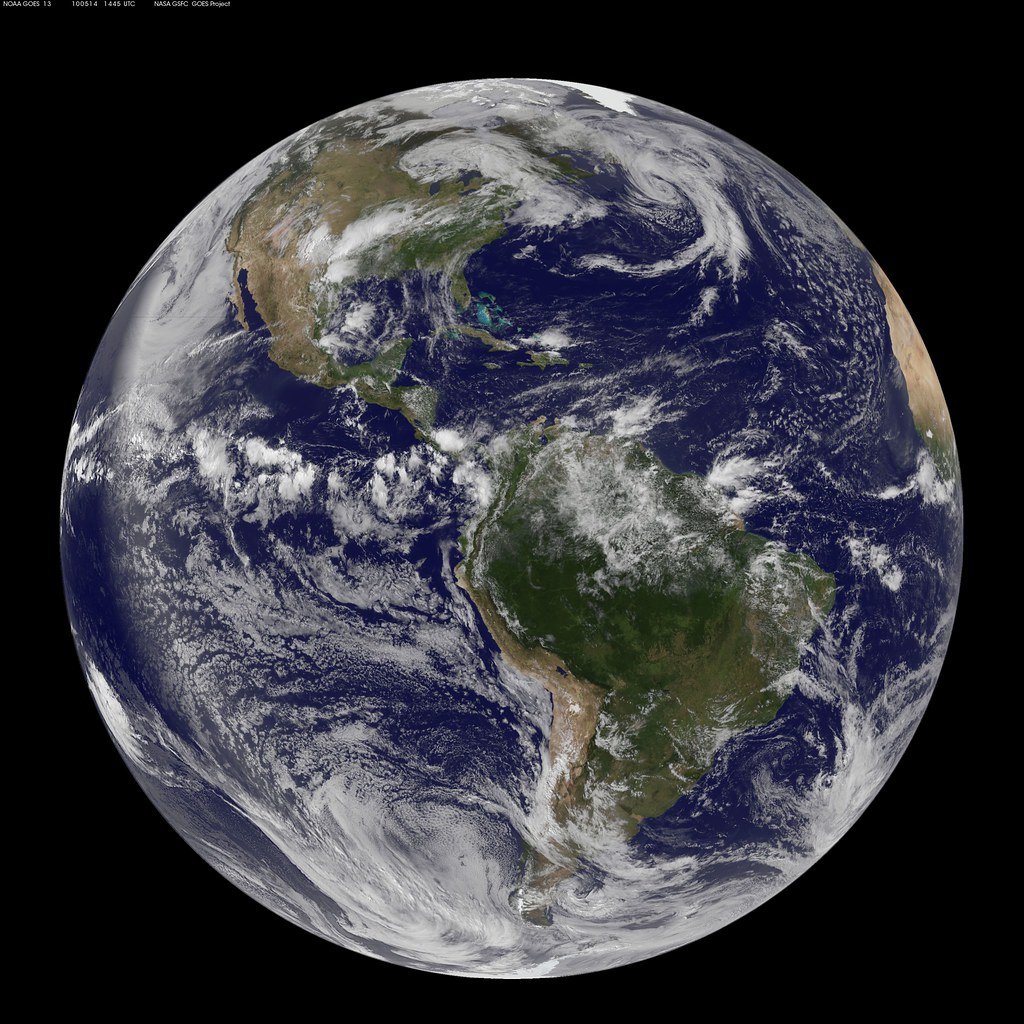
Earth is the third planet from the Sun and is the only planet in the solar system known to support life. Earth has a thin atmosphere made of nitrogen, oxygen, and other gases. Earth’s surface is made up of land and oceans, and it has a variety of climates, from tropical rainforests to icy deserts.
Mars
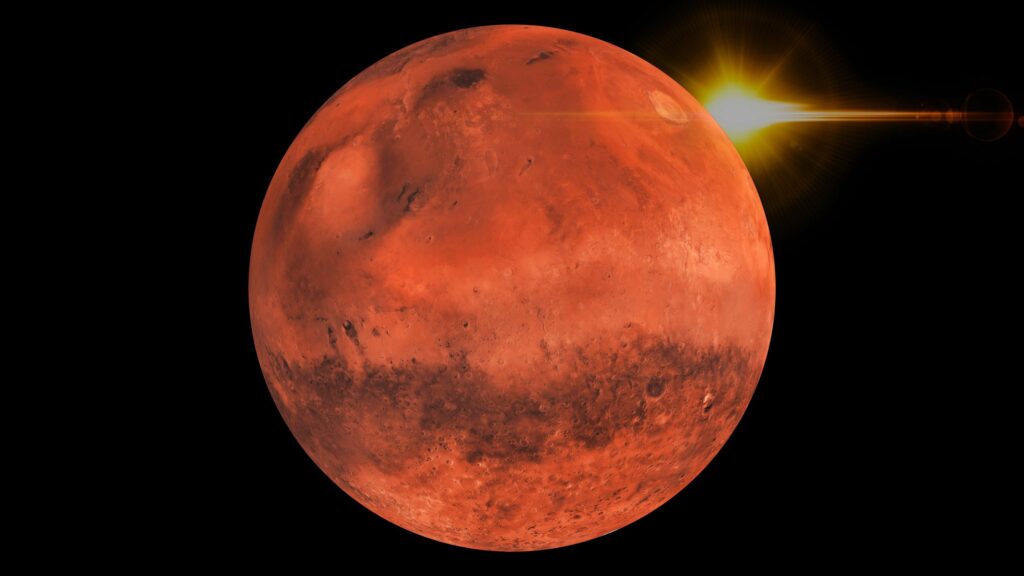
Mars is the fourth planet from the Sun and is the second smallest planet in the solar system. Mars is a terrestrial planet, like Earth, but it is much smaller and colder. Mars has a thin atmosphere made of carbon dioxide and is very dry, with no liquid water on its surface.
Jupiter
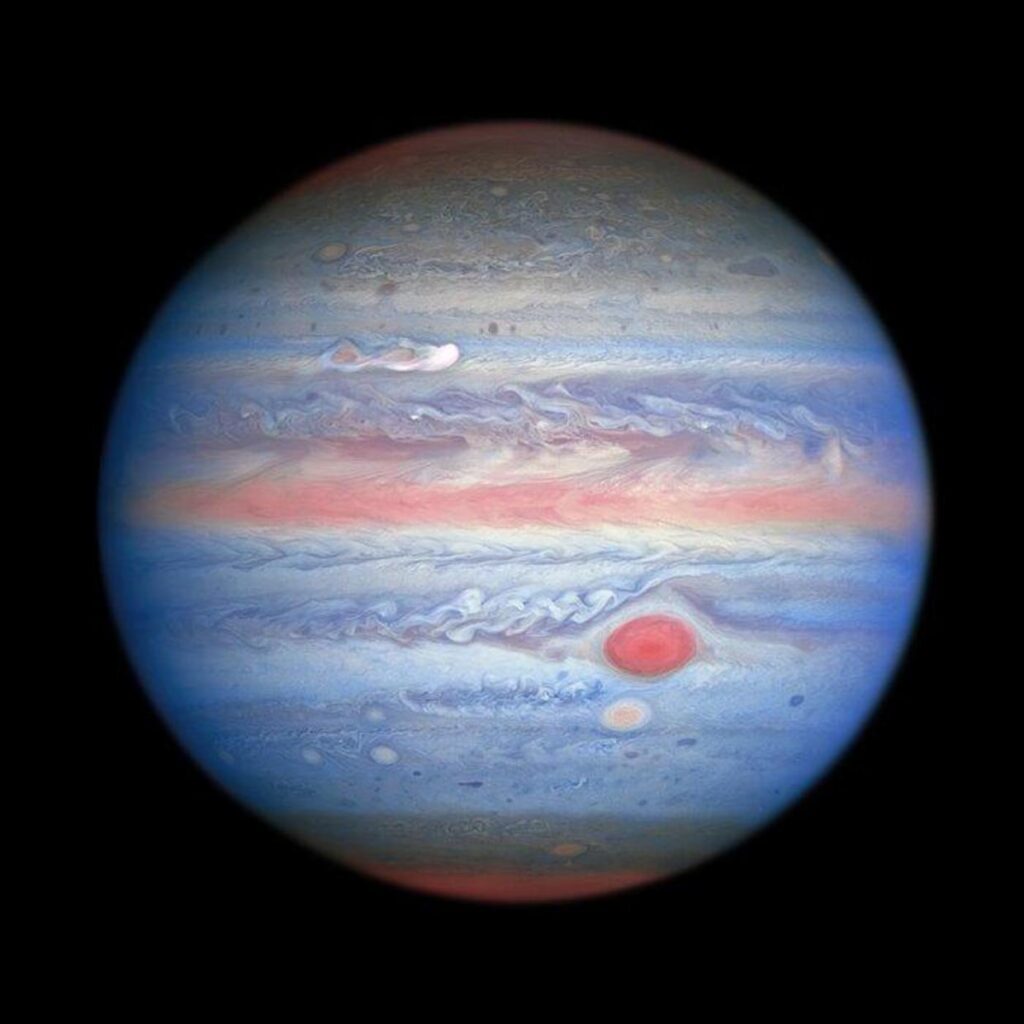
Jupiter is the fifth planet from the Sun and is the largest planet in the solar system. Jupiter is a gas giant, which means it is made up mostly of hydrogen and helium. Jupiter has a very thick atmosphere and a strong magnetic field. Jupiter also has a number of moons, including the four largest moons in the solar system: Ganymede, Callisto, Io, and Europa.
Saturn
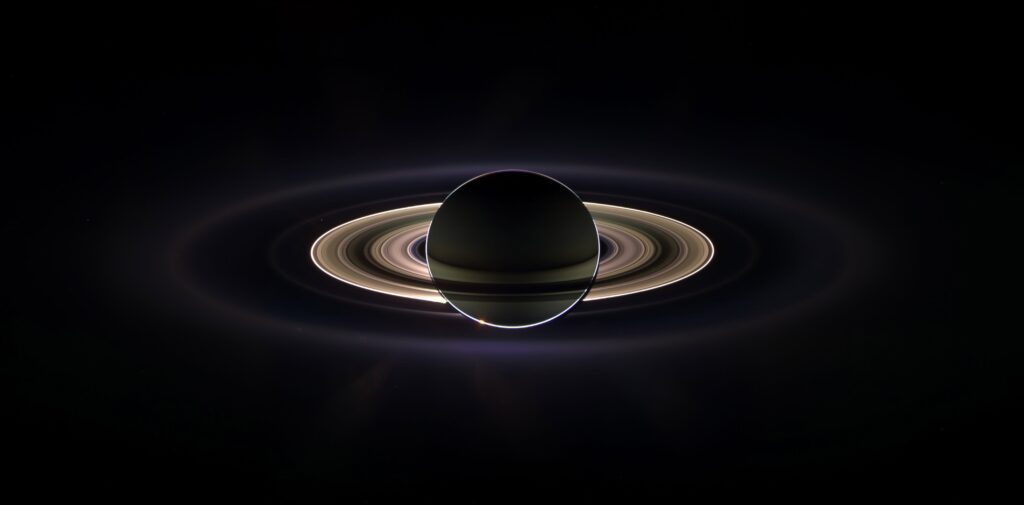
Saturn is the sixth planet from the Sun and is the second largest planet in the solar system. Saturn is a gas giant, like Jupiter, but it is less massive and has a weaker magnetic field. Saturn is best known for its rings, which are made up of billions of ice particles and rock fragments. Saturn also has a number of moons, including Titan, which is the largest moon in the solar system.
Uranus
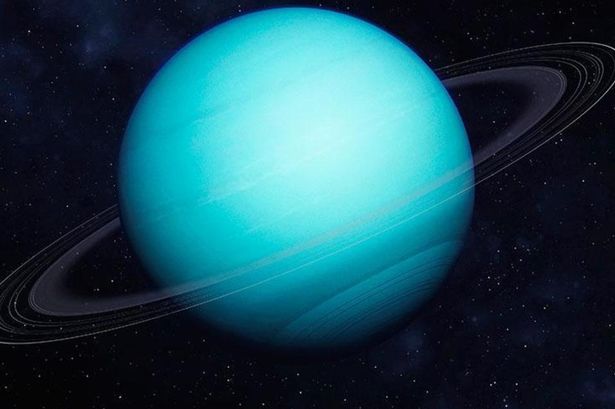
Uranus is the seventh planet from the Sun and is the third largest planet in the solar system. Uranus is an ice giant, which means it is made up mostly of hydrogen, helium, and water ice. Uranus has a very thin atmosphere and a weak magnetic field. Uranus also has a number of moons.
Neptune
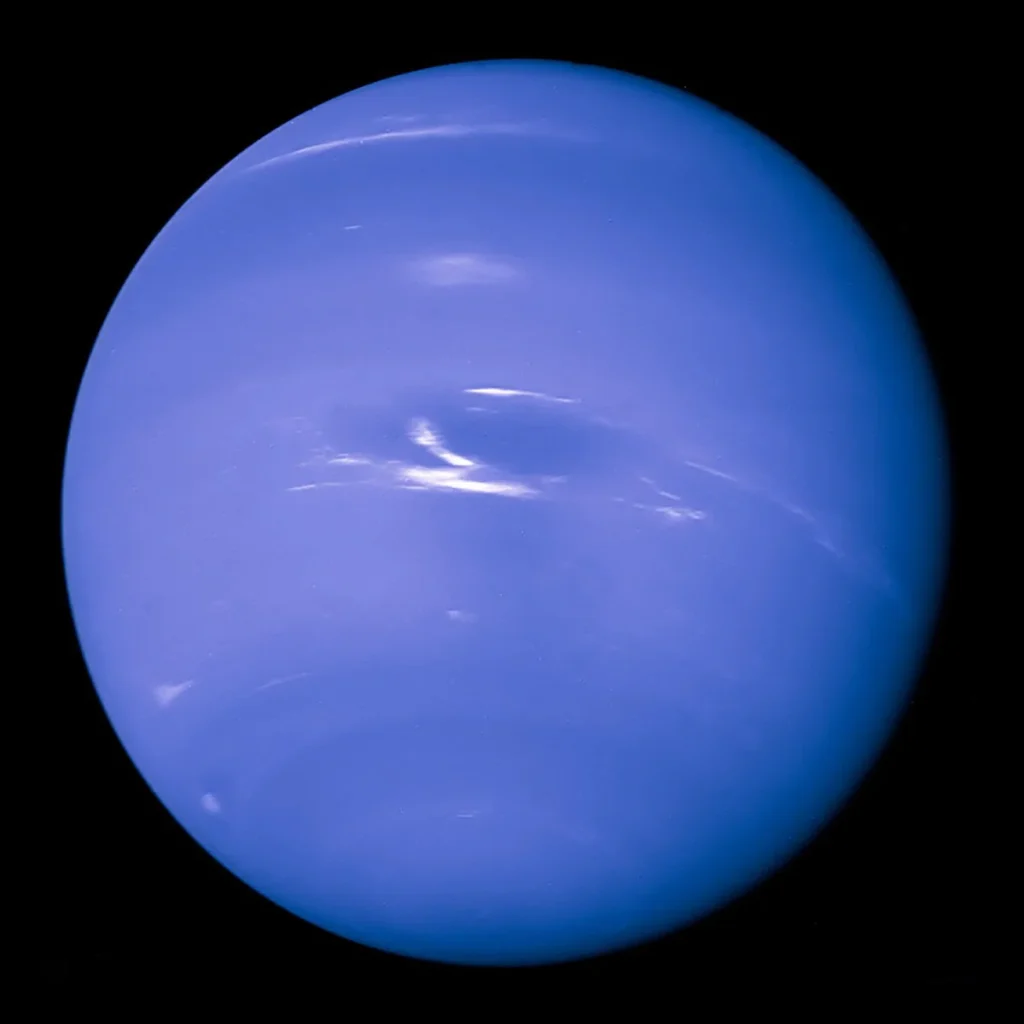
Neptune is the eighth planet from the Sun and is the fourth largest planet in the solar system. Neptune is an ice giant, like Uranus, but it is more massive and has a stronger magnetic field. Neptune has a very thin atmosphere and a number of moons.
Dwarf Planets
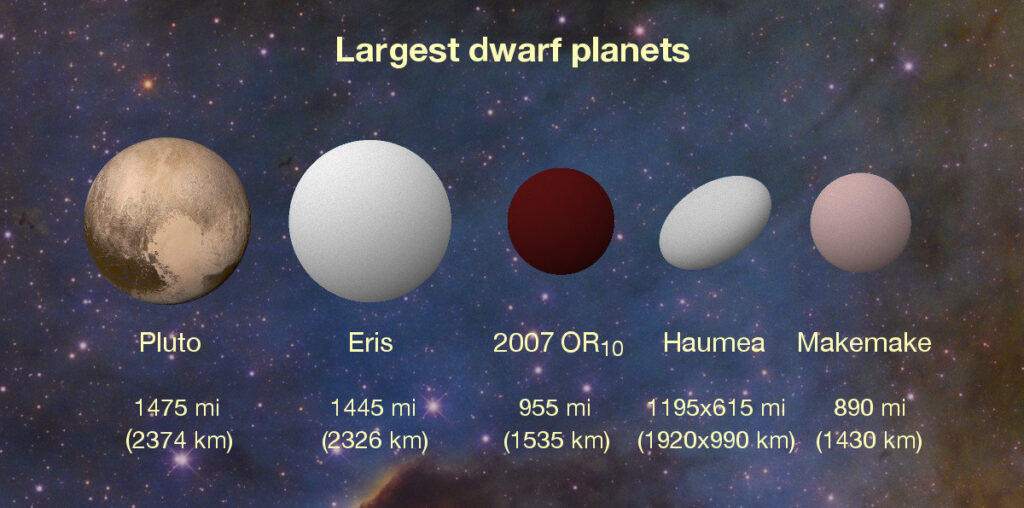
Dwarf planets are celestial bodies that are similar to planets in some ways, but they do not meet all of the criteria for being a planet. Dwarf planets are smaller than planets and they often have irregular orbits. The five dwarf planets in the solar system are Ceres, Pluto, Haumea, Makemake, and Eris.
Conclusion
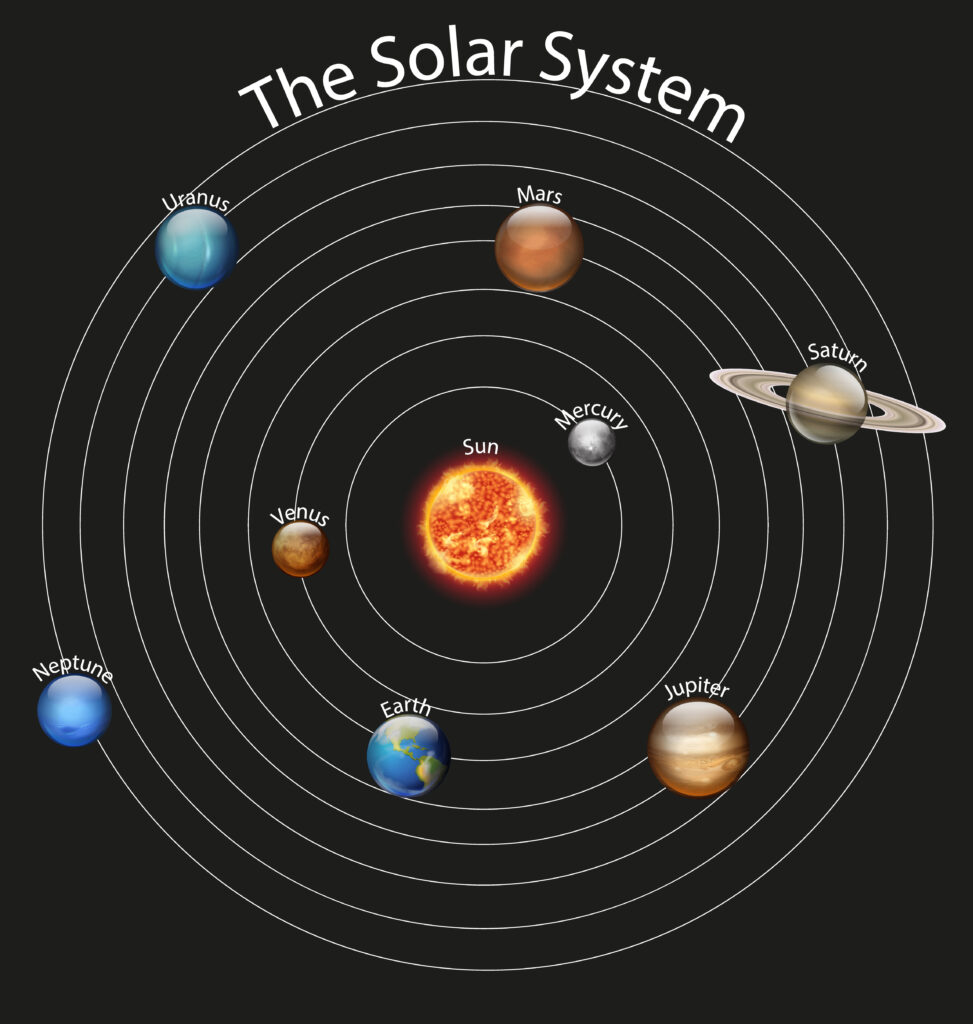
The planets in our solar system are a diverse and fascinating group of celestial bodies. Each planet has its own unique characteristics, from Mercury’s extreme heat to Saturn’s beautiful rings. By learning about the planets, we can better understand our place in the universe.
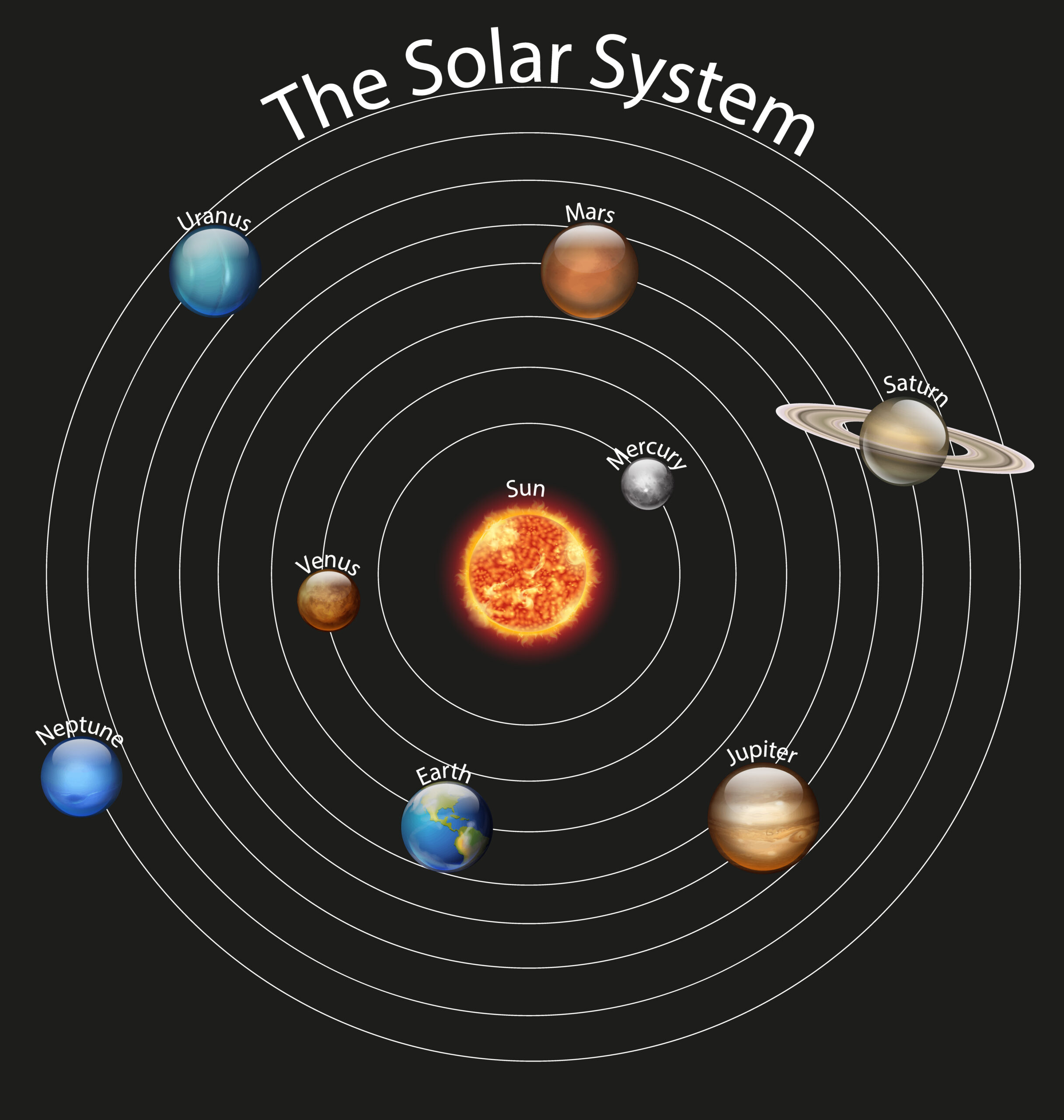
Leave a Reply